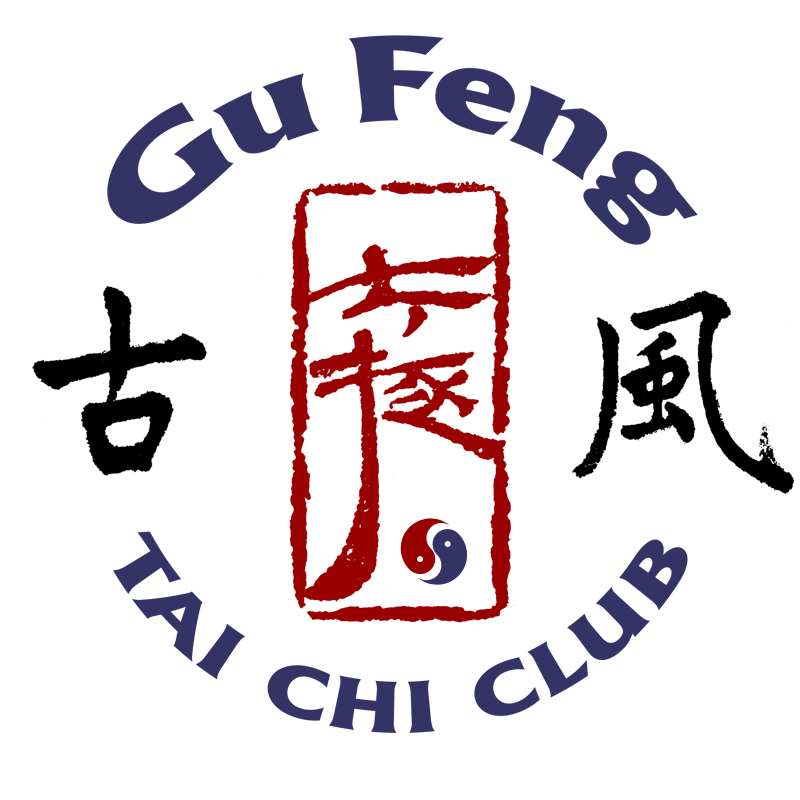By Harvard Health Publications
The easy exercises and deep breathing of this Chinese martial art could offer excellent self-defense for the damaged or failing heart.
Tai chi, a gentle exercise that combines simple, flowing movements with deep breathing, has piqued the interest of medical researchers. Several studies suggest that this ancient Chinese practice offers a safe, helpful form of exercise for the elderly and people with chronic health problems. We’re learning that it could be just the thing for people with heart failure.
Exercise poses a special challenge for many people with heart failure, whose damaged hearts can’t deliver enough oxygen-rich blood to their muscles and organs. The resulting weakness, fatigue, and shortness of breath make exertion difficult. Avoiding exercise further weakens the body and makes daily activities even more difficult.
Traditional forms of exercise, such as walking on a treadmill or riding a stationary bike, often help. But they can sometimes worsen heart failure and may cause minor aches and pains. An easy, low-impact exercise routine such as tai chi may provide just the right balance.
How tai chi might help
To test this idea, Harvard Medical School researchers teamed up with experts from the New England School of Acupuncture in Watertown, Mass. They recruited 30 men and women with stable heart failure. All received standard care. Half also took an hour-long class that met twice a week to learn and practice tai chi.
After three months, the people who were doing tai chi were able to walk further without getting breathless and reported better quality of life than those who didn’t take the class. They also had lower levels of B-type natriuretic peptide (BNP). This blood-borne substance rises as heart failure worsens, so lower levels are a good sign.
What might explain these benefits? Practitioners of traditional Chinese medicine would say that “moving meditation,” as tai chi is sometimes called, generates the body’s natural energy, known as chi or qi. Practicing tai chi’s graceful movements, with names drawn from nature such as “Wave Hands Like Clouds” or “Grasping the Sparrow’s Tail”, is supposed to balance the two opposing life forces — yin and yang — that are needed to restore and maintain health.
There are more prosaic explanations. The style of tai chi the volunteers practiced requires a wide stance with a slight bend in the knees and slow, steady motions. This could have strengthened leg muscles, which would account for the improvements in walking and daily activities.
The deep breathing component of tai chi may also help. In previous experiments, slow, yoga-like breathing for an hour a day raised blood oxygen levels and eased breathlessness, which allowed people with heart failure to be more active without symptoms. The drop in BNP levels among those who practiced tai chi suggests that their hearts were filling with blood more effectively, although it isn’t clear why this happened.
